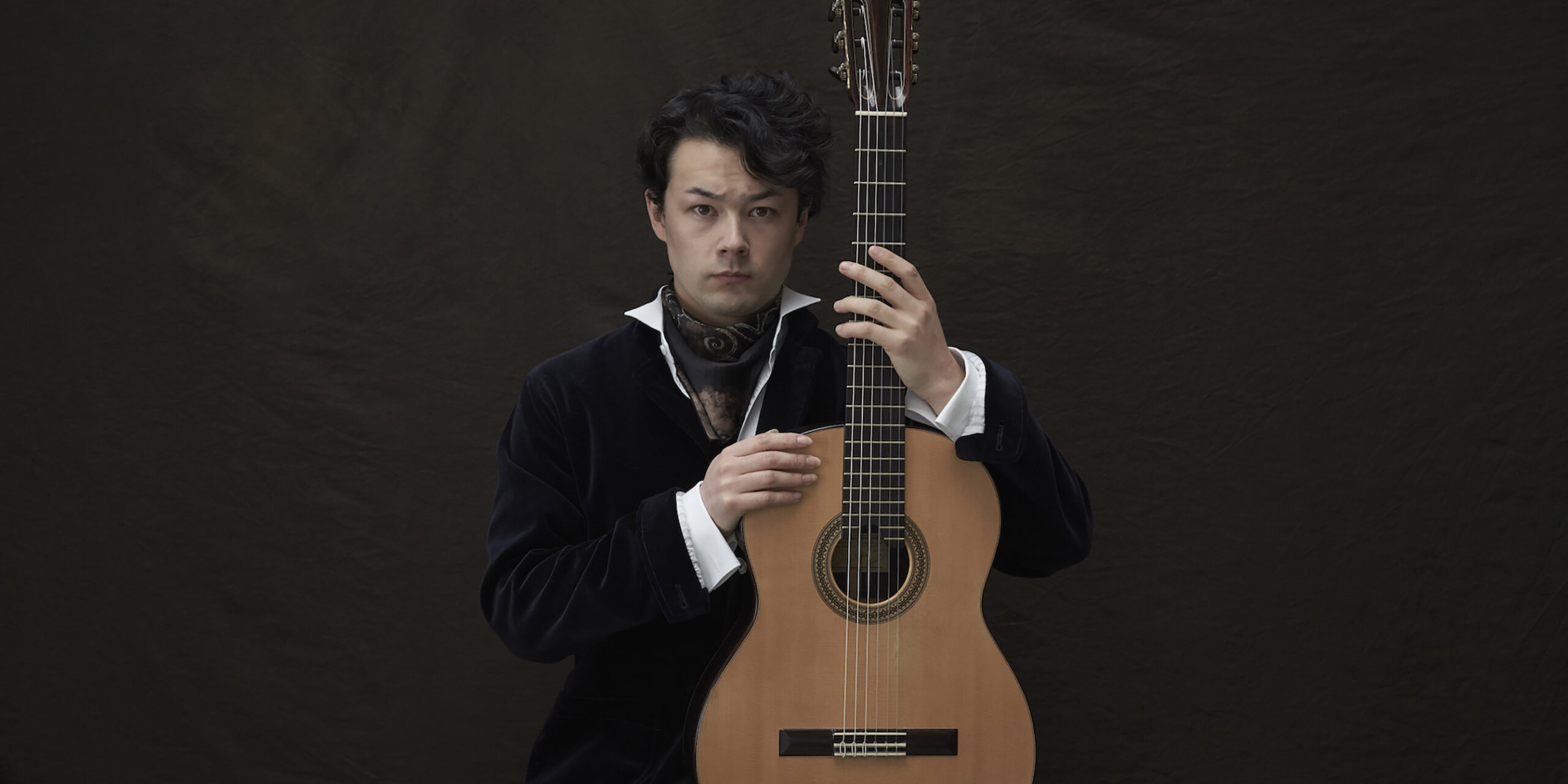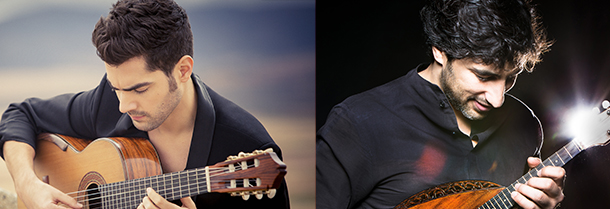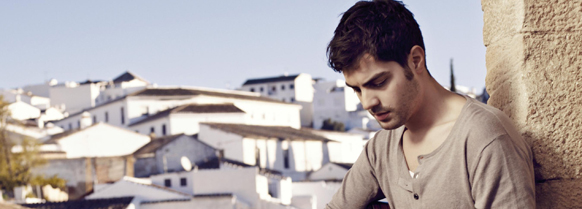Tag: guitar
-

-

PROGRAM NOTES: MILOŠ AND AVI AVITAL
Johann Sebastian Bach English Suite No. 2 in A minor: Prelude | Well-Tempered Clavier 1: Fugue in C minor | Concerto in D minor (after Marcello): Adagio | Partita No. 2 in C minor: Capriccio In Bach’s time, the instrument closest to the sound world of the guitar and mandolin was the lute. Bach wrote…
-

PROGRAM NOTES: MILOŠ KARADAGLIĆ
Bach: Suite in C minor, BWV 997, for lute In most catalogues of the complete works of Johann Sebastian Bach (1685-1750), one learns that the composer wrote four suites for the lute, all dating from widely separated time periods, plus miscellaneous other pieces. However, recent scholarship has determined that in fact Bach did not…
-

THE STORY OF MILOŠ KARADAGLIĆ
An in-depth, personal account on Miloš Karadaglić – spanning his journey from an eight year old learning guitar in Montenegro to how he has become “the hottest property in classical music today.” (West Australian) If you were asked to name classical music’s most legendary guitar players, you’d probably come up with Andres Segovia, Julian…



